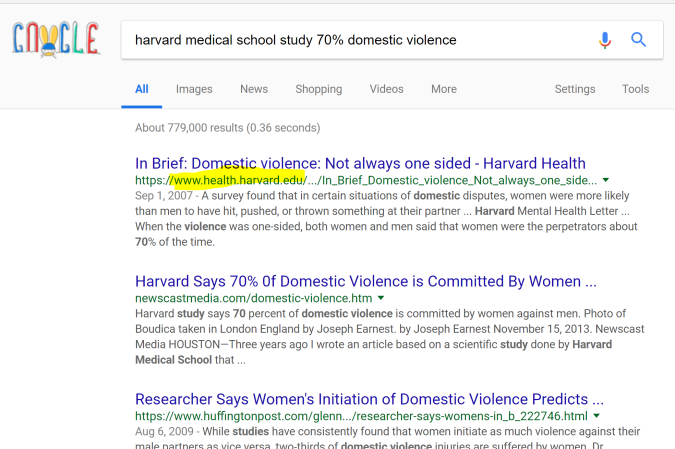
Lisle: (630) 829-6057
Mesa: (480) 878-7514
Toll Free: (877) 575-6050
Email: libref@ben.edu
MIchael Caulfield developed the "four moves" technique as a process ro quickly verify and contextualize news to empower us to make the fast and accurate assessments the current information environment requires. Here is how it works.
Let's say that you see a story that Jennifer Lawrence has died:

Is this true?
The 'four moves" method suggests that you try to answer some simple questions about the story.
Most stories you see on the web have been either covered, verified, or debunked by more reputable sources. Find a reputable source that has done your work for you. If you can find that, maybe your work is done.
Example:
If Jennifer Lawrence has died, there should be wall to wall coverage of that, right? So check for previous work and look to see if reliable outlets are covering this story. If she is dead, they will be. If she is not, then they won't.
If we check Google News we don't find any stories about her dying:

That search took about 5 seconds - bug of course not all questions are that easy. They may require further investigation, such as illustrated in move #2.
If you can’t find a rock-solid source that has done your verification and context-building for you, follow the story or claim you are looking at to it’s origin. Most stories shared with you on the web are recoverage of some other reporting or research. Follow the links and get to the source. If you recognize the source as credible, your work may be done.
Example:
Consider this image posted in Pintrest:

A quick Google News search does not show any relevant coverage of the study so let's go to the next level and see if we can find the source. Digging deeper into Google, we find a result that indicates this might be a Harvard study.

Linking to the page, we find that the study is more nuanced than what is presented in the image. We also learn that there is no race data in the study. The image was used to attract more clicks.
If you have traced the claim or story or research to the source and you don’t recognize it, you will need check the credibility of the source by looking at available information on its reliability, expertise, and agenda.
Example:
If we don't trust the original source, or have never heard of it, we can "read laterally" to find out more about the organization or the publisher. In the example below, we have checked on the source of the study and learned that the URL is correct and that the school is considered a leading instituts of public health in the United States.

A reminder that even when we follow this process sometimes we find ourselves going down dead ends. If a certain route of inquiry is not panning out, try going back to the beginning with what you know now. Choose different search terms and try again.
Lisle
Kindlon Hall
5700 College Rd.
Lisle, IL 60532
(630) 829-6050
Mesa
Gillett Hall
225 E. Main St.
Mesa, AZ 85201
(480) 878-7514